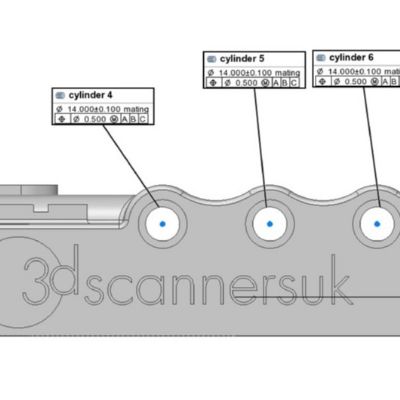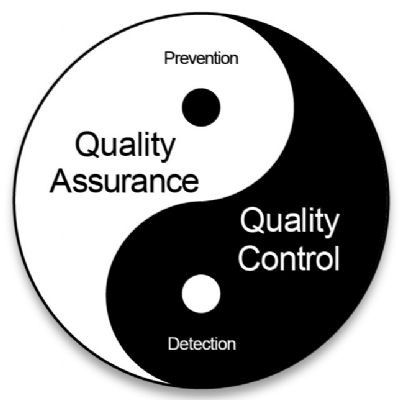The Ideal Die-Protection Program
May 1, 2008Comments
“If money were no object, what would be the ideal sensor and die-protection program?” I often am asked this question. To answer it, I think of some of the finest sensor programs that I have had the privilege to work with. Here’s a list of the ideal conditions for a top-notch, companywide sensor system.
1) A full-time sensor applications specialist (preferably a toolmaker/ machinist) in charge of the sensor program. This is a “take charge” type of job—a no-nonsense, focused and highly skilled person with technical authority to make sure that the sensors are being properly used.
2) A sensor lab strategically located on the shop floor where proving out of the inductive and photoelectric sensors is conducted before they are placed in the tooling. All sensors are fully and professionally tested in simulations of their actual applications.
3) A minimum of 16 sensor inputs on all of the presses that run progressive and transfer dies. The current standard in some shops is 32 sensor inputs. This allows for not just the placement of several sensors in the tooling but also permits specific identification of what sensor failed, not just a general statement on the die-protection control about a cluster of sensors within which one or more sensors detected a fault.
4) An ongoing weekly meeting of the error-proofing technology committee, comprised of a representative from each of the manufacturing disciplines including management, pressroom, toolroom, die engineering/design, quality, maintenance, value added, etc., and the sensor applications specialist.








